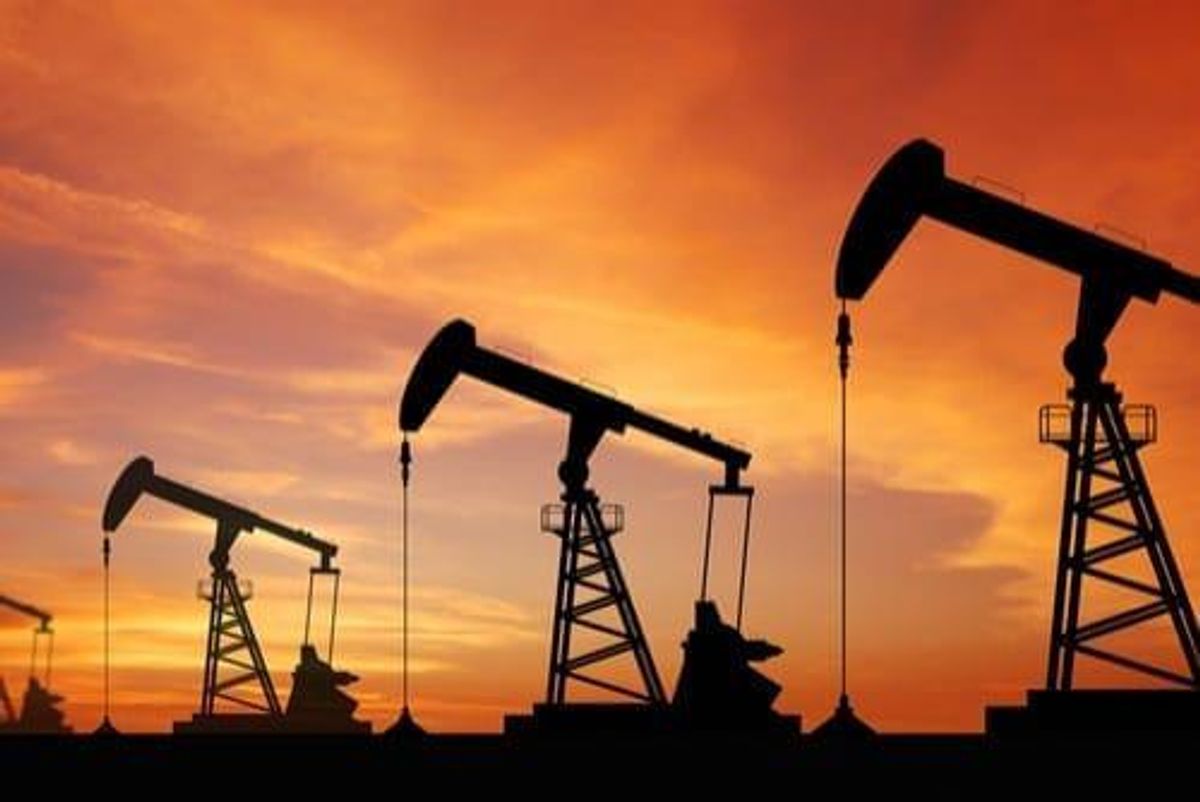
Brent crude fell 11.2 percent to its lowest level since January 2016, while WTI plummeted more than 9 percent.
Oil prices have declined more than 50 percent since January, with Brent crude breaking below the US$30 per barrel mark on Monday (March 16) as concerns about the global economy continued to increase on the back of the coronavirus pandemic.
The international benchmark fell 11.2 percent to as low as US$29.50, its lowest level since January 2016. US West Texas Intermediate (WTI) plummeted more than 9 percent, hitting a low of US$28.03.
Oil demand has been impacted significantly by the spread of COVID-19, which is disrupting business activity, travel and daily life. The novel virus has infected more than 180,000 people around the world, with the death toll standing at more than 7,000. Recovery cases are above 78,000.
“Oil prices have reacted extremely negatively and we believe … that we have not seen the bottom of the oil price just yet,” said Rystad Energy’s head of oil markets, Bjoernar Tonhaugen.
“The potential loss of demand in March-April may dwarf anything the World has ever seen, just when the Organization of Petroleum Exporting Countries+ (OPEC) producers open the floodgates of new supply to the market,” he added.
Last week, the oil price war between Saudi Arabia and Russia sent prices on a downward spiral, with stocks across the board suffering.
Supply concerns surged after Russia refused to join OPEC in cutting output and as Saudi Arabia shared plans to produce 10 million barrels of oil per day in April while offering discounts to win new customers.
“It’s a double whammy,” said Scott Bauer, CEO of Prosper Trading Academy. “We haven’t seen the worst of it yet. There’s further downside for the oil market but it’s anyone’s guess how deep this goes. There’s not an expert in the world that could have predicted this.”
Oil prices have been trading lower for the entire month so far, but for SP Angel analysts there are still a number of opportunities to invest in profitable and well-capitalized companies and to take advantage of any upturn in the macro environment.
For investors interested in jumping into the space in the current climate, they recommend Gulf Keystone Petroleum (LSE:GKP,OTCQX:GFKSY) and RockRose Energy (LSE:RRE,OTC Pink:RRSEF).
Meanwhile, BMO Capital Markets analysts have reduced estimates across their coverage and have lowered their commodity price outlook.
On the bright side, analysts at the firm have assigned outperform ratings to Hess (NYSE:HES), as they see long-term value in its Guyana asset, and to Cimarex Energy (NYSE:XEC), which they see as better positioned to ride out a range of US$30 to US$40 WTI.
Analysts at Raymond James have also decreased their 2020 and 2021 price assumptions for WTI.
“For 2020, we are now assuming WTI of US$38.46 versus US$61.17 prior. For 2021, we are now assuming US$40.45 versus US$55.62 prior,” they said in a note last Thursday (March 12). “Our long-term assumption is now US$45 versus US$53 previously.”
On Monday, Brent crude settled at US$30.05, while WTI finished the session at US$28.70.
Don’t forget to follow us @INN_Resource for real-time updates!
Securities Disclosure: I, Priscila Barrera, hold no direct investment interest in any company mentioned in this article.





